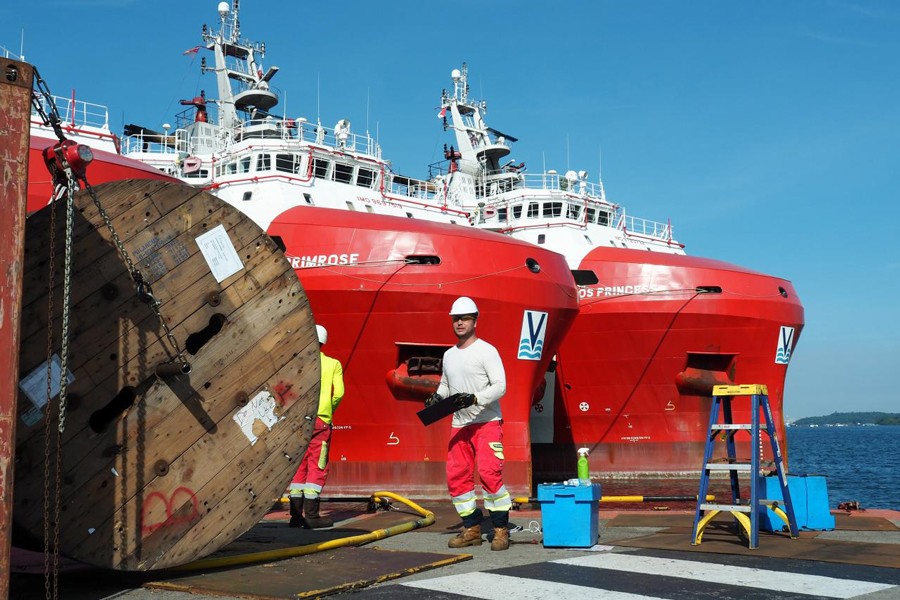
Dearth of offshore exploration in Asia
Thursday, 21 December 2017

SINGAPORE, Dec 20 (Reuters): Surveying the ocean floor for oil and natural gas reserves is gradually emerging from a multi-year slump, everywhere apart from Asia.
That's despite Asia being the world's biggest consumer of oil, having by far the strongest demand growth while seeing its production fall faster than anywhere else.
The reasons for Asia's dearth in offshore exploration and production (E&P) include high costs in Australia's promising waters, declining reserves in production hotspots Malaysia and Indonesia, as well as territorial disputes in the oil- and gas-rich waters of the South China Sea.
"We only have two 3D vessels in Asia-Pacific, since there are fewer opportunities and less activity in that region," said Bard Stenberg, vice president at Norwegian offshore survey company PGS, adding that most of his company's vessels were in the Atlantic.
A 2017 and 2018 activity map by geophysical surveillance firm TGS shows the most activity in the North Atlantic.
A similar map by Bernstein Research showed the Asia-Pacific basin to have only four minor offshore developments of under 50,000 barrels per day (bpd). That compares to five major developments (above 50,000 bpd) and 11 minor ones in the Atlantic.
Asia's dearth comes despite the region's huge oil deficit, resulting from booming demand and declining output.
In one of the most promising regions, Australia, the main problem is cost, in part due to a requirement for rigs to pay for Australian crew once in Australian waters.
"Once any foreign-flagged vessel is in Australian waters, the ship operator has to pick up Australian workers... They work 12 hours a day, 7 days a week for 4 weeks, then get 4 weeks off," said Christy Cain of the Maritime Union of Australia.
When oil prices were high, this was not a big problem, drillers said. But in times of cheaper oil and low profit margins, the added cost deters explorers, several said.
In another promising area, the South China Sea, conflicting territorial claims, especially between China and Vietnam, have hindered E&P activity.
Meanwhile, in Asia's most established offshore oil and gas production basins of Malaysia and Indonesia, recoverable reserves are depleting.
Malaysia's state-owned Petronas, Southeast Asia's biggest oil producer, is increasingly focusing on downstream projects like the Pengerang Integrated Complex (PIC) in the southern state of Johor.
From 2019, PIC will refine crude oil into fuel and petrochemical products. Significant amounts of its crude will come from Saudi Arabia.
With little E&P activity, Asia's oil import bill - which has already more than doubled since 2000 to over $420 billion a year - will rise further, likely above $500 billion in 2017, leaving other regions to cash in on Asia's oil thirst.
Gauging the health of the secretive offshore industry is difficult. But dozens of mothballed rigs and support vessels sit idle in southern Malaysia's Johor river delta, waiting to be used or scrapped.